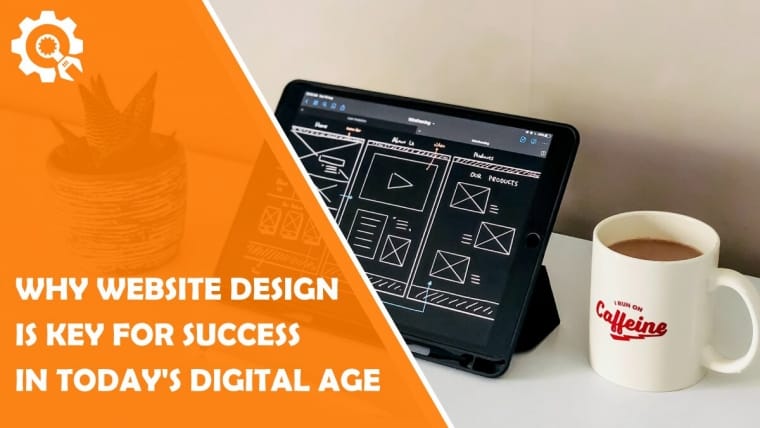As the number of companies online has proliferated and it’s been necessary to embrace the digital age, the level of competition has become fiercer.
Attracting eyeballs and getting repeat visitors or opt-ins to newsletters has become a higher priority. One way to do this is to provide a better design experience from the moment that the visitor first arrives, and on from there. And another one is to get amazing designs from one of the best design agencies in Abu Dhabi.
Here are 6 reasons why web design is so important in the age of the internet.
1. One Chance to Make a Strong First Impression
Whether it’s a fancy homepage design or carefully created calls-to-action, the website design matters more than ever.
Visitors are impatient on the whole. They won’t wait for slow pages to load the first time and will click away quickly. Attention spans thanks in part to social media have shortened considerably. Just like how many movies today use frequent jump cuts to keep the frame ever-changing, web design must keep up with the latest trends for a site to stay relevant.
First impressions only come around once. The first-time visitor must be impressed otherwise they’re unlikely to stick around and certainly won’t return. Use the Editor X website builder to create stunning homepages, fluid and scalable layouts that look great on mobile and desktop, and grid features to help align pages quickly for a snappy layout. Do it in-house, control the design, and get the results you want.
2. Design that Speaks to the Customer
Many web designers aim to produce incredible looking websites that make their portfolio more impressive. The trouble with this is that that’s not the goal of the client in most cases.
Instead, companies want sites that speak to what the customer wants. They need to be customer-oriented, not design-oriented.
Flashy components and tricky little features might be fun to design and play around with, but they will often confuse visitors who don’t understand their purpose.
Customers must be able to grasp what the company or website offers, how they can use it, and where to get started. The time to get them up to speed is minimal too.
3. Own Your Platform for E-commerce
Whilst it’s possible to sell a physical product on Amazon or a course on Skillshare, it’s much better to not rely on third-party platforms. They can change their terms, restrict accepted products, and turn the tables on customers all too often.
When the web design is up to par, then it makes sense to use e-commerce on your site to sell goods and/or services from there. The costs are lower to do this – there are no third-party fee schedules to worry about – and your company controls the experience end to end. It also controls the customer data too.
Without professional web design, it’s often best to let more experienced hands manage the e-commerce side of the business.
4. Usability Matters Greatly
Usability is something that pioneers in the field like Jakob Nielson have long discussed and written about.
The experience of the site visitor from the moment they arrive to the end of their visit is extremely important.
How easy was the navigation to figure out? Could they find what they were looking for? Was anything confusing or caused them to abandon a shopping cart before completing their purchase?
These sorts of questions, thinking about design from a usability standpoint, and even testing new designs before releasing them leads to improved returns from online and/or e-commerce efforts. The ROI is usually pretty decent too.
5. Build Trust
Building trust through effective design isn’t often considered but it works just the same way that advertising does.
When a site has a modern, professional look, it creates a certain impression that sticks. However, when it seems to have been slapped together at the last minute, then people will think poorly of it.
Similarly, the website copy, graphics, and photography also make an impact on the overall feeling about the website and the company it represents too. The extra effort placed on all aspects of the design presentation shows the level of dedication that the business has towards its customers.
6. Consistency
The brand and its messages should be communicated well on all platforms. It doesn’t matter whether that’s in digital advertising, a billboard, a website, or a social media channel – consistency is expected.
Without consistency, customers get confused about the brand and its value. Websites must be designed to look modern but also reflect the values of the business and stay in keeping with what’s come before it. Otherwise, it’s effectively a failed site design that may feature a few bells and whistles but still misses the mark.
Effective web design is critical now. Companies can achieve better results and higher returns by being customer-centric. Ignoring the connection between design and the end customers is extremely costly.
